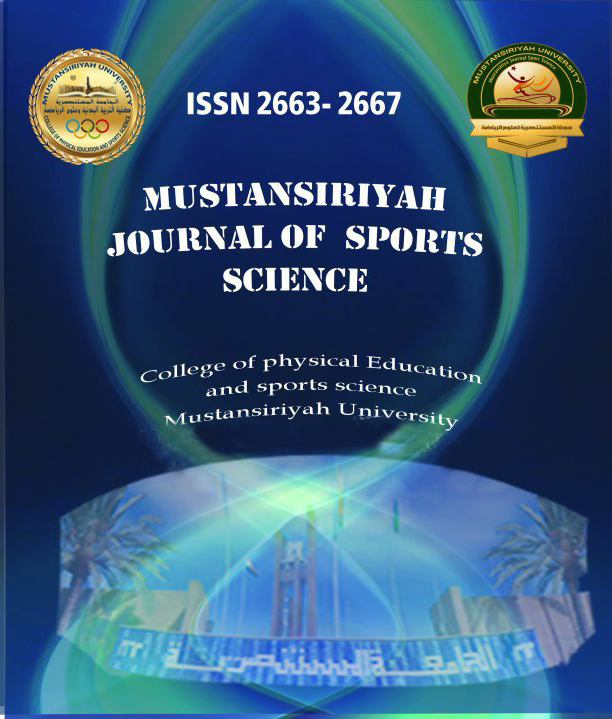The effect of the metacognition strategy (SQ3R) in developing the accuracy of the serve and receiving of the volleyball from a sitting position for people with special needs
Main Article Content
Abstract
The importance of the study lies in the researcher’s choice of the (SQ3R) strategy, which he finds is compatible and consistent with the skills that depend on the actual and serious participation of the athlete in the learning process and the extent of its impact on learning the skills of the accuracy of serve and receiving of the athlete. To deliver the material to the learner, absorb them, and then keep it for the longest possible period of time. The researcher noticed a lack of use of modern strategies for players with special needs, as well as the need to introduce various methods and strategies to achieve the best results and add the character of excitement and suspense to the sport of people with special needs to move away from the boredom and routine inherent in them and a request to involve them in the sports process and give them an active role in society.Therefore, the researcher decided to go into an experiment to introduce one of the modern strategies, which is the (SQ3R) strategy, to find out the extent of its impact on developing the accuracy of sending and receiving volleyball from a sitting position for people with special needs. The researcher used the experimental method with two groups, the control and the experimental with a pre and post-test, and the research sample was from people with special needs Through the presentation, analysis and discussion of the results, it was found that there is an effect of the strategy in developing the research variables between the two groups and in favor of the experimental group.
Downloads
Article Details

This work is licensed under a Creative Commons Attribution-NonCommercial 4.0 International License.

